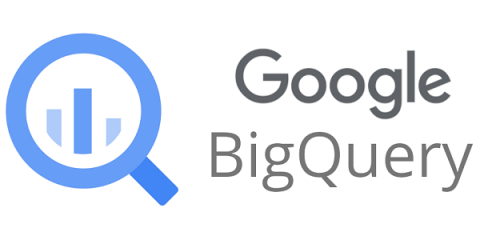How BigQuery helps scale and automate insights for baseball fans
When looking at data, business decision makers are often blocked by an intermediate question of "What should I take away from this data?" Beyond putting together the numbers and building the results, data analysts and data scientists play a critical role in helping answer this question. Organizations big and small depend on data analysts and data scientists to help “translate from words to numbers, and then back to words” as sports analytics pioneer Dean Oliver once said.









